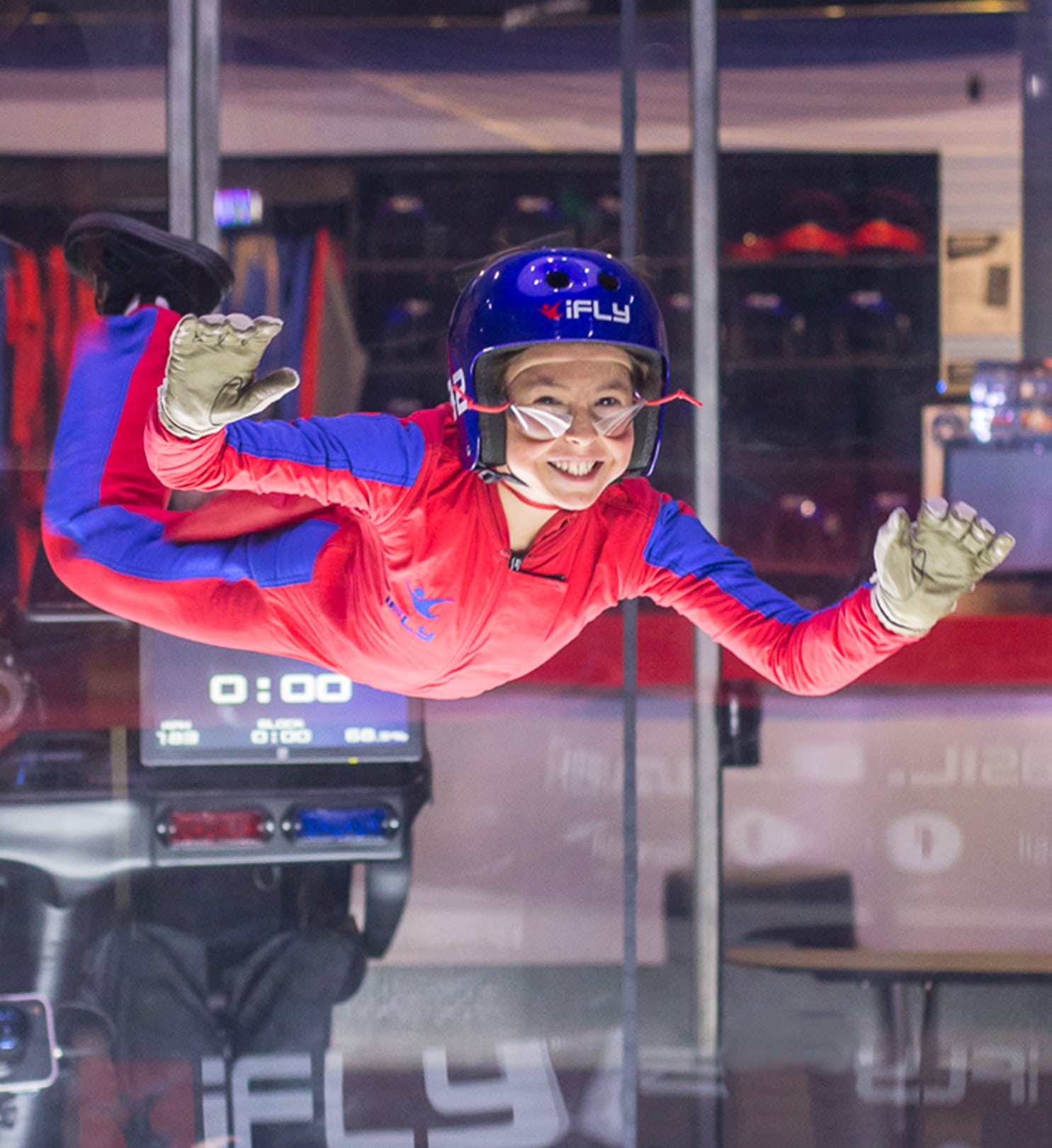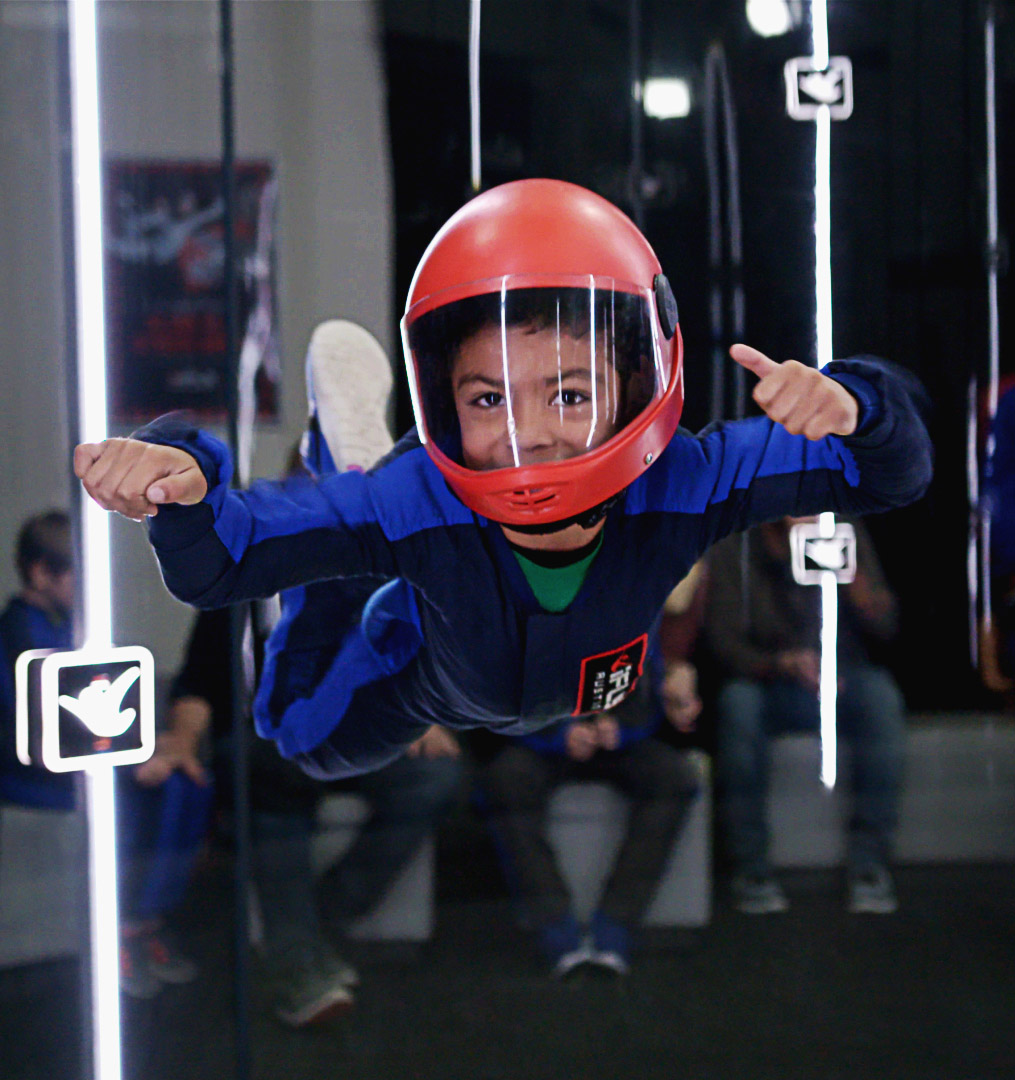Experience the freedom of flight — a memory that lasts a lifetime.
Fun for people of all shapes, sizes, and abilities.
No falling feeling, only the feeling of being suspended in the air.
Experience the freedom of flight — a memory that lasts a lifetime.
Fun for people of all shapes, sizes, and abilities.
No falling feeling, only the feeling of being suspended in the air.


The iFLY STEM Program for Middle School aims to instill the following in students:

Watch physics in action! Students will witness flight instructors interacting with objects in the wind tunnel and will discuss what forces are at work. Next, students will predict how fast each object will fly in the wind tunnel, test their predictions, and discuss the results.
